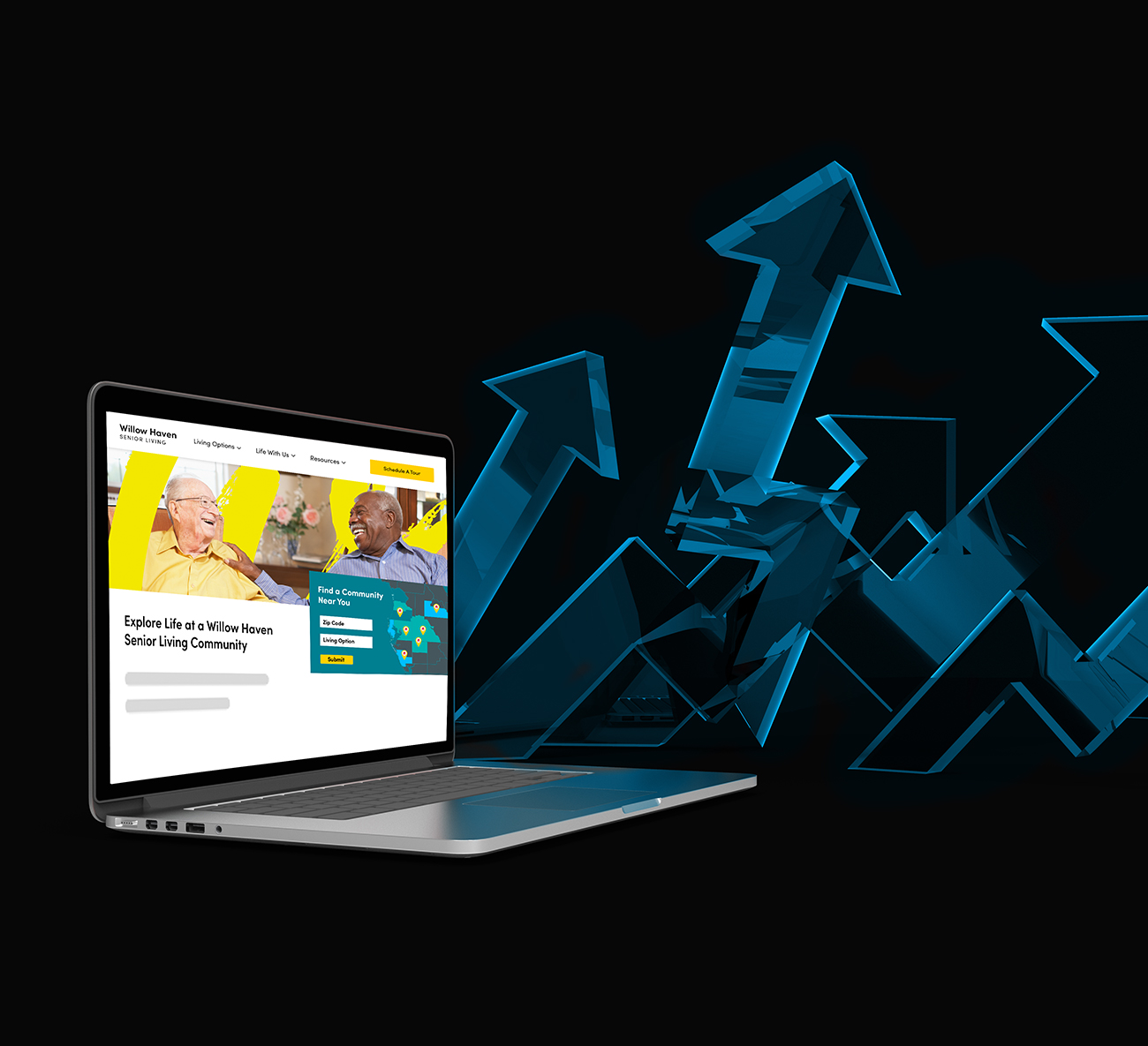From organically reaching specialized groups through hashtags, to paid opportunities with audience targeting, social media has come a long way from simply connecting friends. But to be completely transparent, when it comes to social media marketing, there is a wrong way to do it.
Understanding your customer journey
Often times, companies believe that just posting content on their social media accounts is enough. But what these posts often lack is strategy and focus. In order for your social media efforts to show a return on investment, your content needs to support one of your company’s goals.
Awareness
Many companies use social media to increase their brand awareness. If your brand is new, or if you’re launching a new product, a brand awareness campaign is an effective way to deliver content to qualified users.
Brand awareness on social media isn’t just posting content regularly, though. It’s also about developing a qualified user following. This can be done both organically and through paid social-media campaigns. Organically, you can use hashtags that are relevant to your users as well as users who actively engage with other accounts on the platform. For paid opportunities, we recommend using Facebook and Twitter as both platforms offer an “Increase Followers” campaign objective.
Action
Let’s say your company wants to get people to watch your latest video, or read your latest blog. Essentially, you want users to stop scrolling and take action. In the world of digital, to get someone to stop scrolling, your content needs to be eye-catching, engaging and above all, bite-sized. It also needs to be relevant to your audience. When you are creating videos or blogs that you want to leverage on social media, you need to think about what’s most likely going to get the attention of your audience.
You also need to consider the platform for the type of content you’re posting. Videos will work well on Instagram, but blog content might not. It all depends on your users and the content you create. This should be the driving force behind your social content creation strategy.
Engagement
Creating content focused on engagement is useful for hitting the top/middle funnel users. If your goal is to increase engagement, via likes, comments, shares, or reactions, your content must prompt the user to do so by being “shareworthy” and relevant. If you’re posting content on social media, your goal always should be to drive engagement. It’s the number one way for you to know if your followers and ideal users find it relevant.
Conversions
If your goal is to increase the number of forms completions or products sold, then driving conversions through social media can be a bit challenging if you aren’t using paid campaigns. Using a paid social-media campaign allows you to select specifically targeted audiences through interests, demographics, behaviors, job titles, etc. Through these options, you’re able to target potential lower-funnel customers who are more likely to convert.
Pro Tip: Some platforms, like Facebook and Twitter, also allow you to target people who have previously engaged with other pieces of your content. If you are doing a multi-funnel social media approach, this is perfect for retargeting middle-funnel users.
Advocacy
To increase brand advocacy, social media will always be a fantastic route. Brand ambassador programs are one way to do this. Brand ambassadors are users with large followings who can promote your product or service on their own social media channels. This is one way to bring new brand awareness, and if your brand reshares that content to make its own content, this also can increase the likelihood of engaging potential customers who may be more likely to convert.
Multi-touchpoint social-media campaigns can be very useful in your customer journey plan. But when it comes to utilizing a social media marketing strategy, remember to use goal-focused content.










